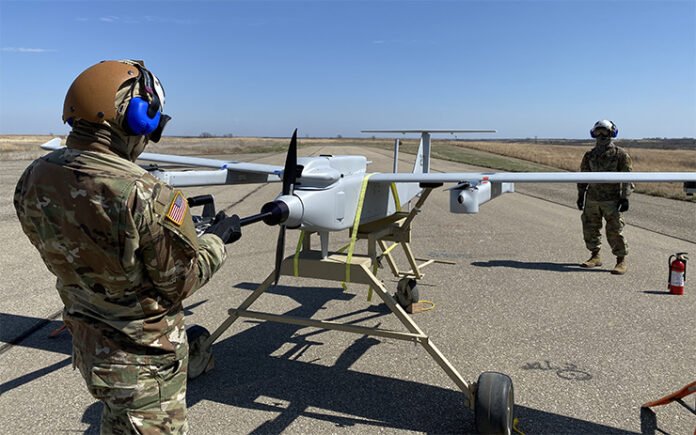Melbourne: The Australian Army seeks to lean more heavily on aerial drones, with a comprehensive upgrade program for all size classes now in the pipeline, according to a service official.
“My prediction, ahead of any formal requirement being provided, is that future war fighting will see an increase in platforms with increased sophistication and capabilities,” Col Helen Mammino, Director Battlefield Aviation Program of the Army Aviation Command, said here on September 11 at the Australian Association for Uncrewed Systems conference, held in conjunction with the Land Forces 2024 event.
The opportunity arises because advances in robotics and autonomy are converging with new drone developments, according to Mammino.
“One of the key features for our objective-force operating environment will be the abundance and proliferation of uncrewed aerial systems,” or UAS, she added.
The new facility will be the first such site outside of Norway, as Australia has prioritised the local production of ammunition.
The ground service has combined various army efforts under the umbrella program DEF 129, divided into four size categories: nano-UAS, small drones (SUAS), SUAS-plus, and tactical drones (TUAS).
Beginning with the larger, brigade-level TUAS, the Australian Army is in the process of fielding In situ RQ-21A Integrators to replace Textron’s Shadow 200 aircraft. “The delivery of the RQ-21 is currently underway, with an end state being a full complement of six systems introduced … by the end of 2025,” Mommino said. Each system contains four aircraft, with their indigenous content levels reaching 82%.
Raksha Anirveda's editorial desk team brings in the collective experience of creative professionals - a fine mix of senior copy editors, writers, proofreaders and designers. Working as a team, they continuously create, manage, and curate content to sustain the magazine's profile and reputation in line with market trends and achieve magazine's goal.





